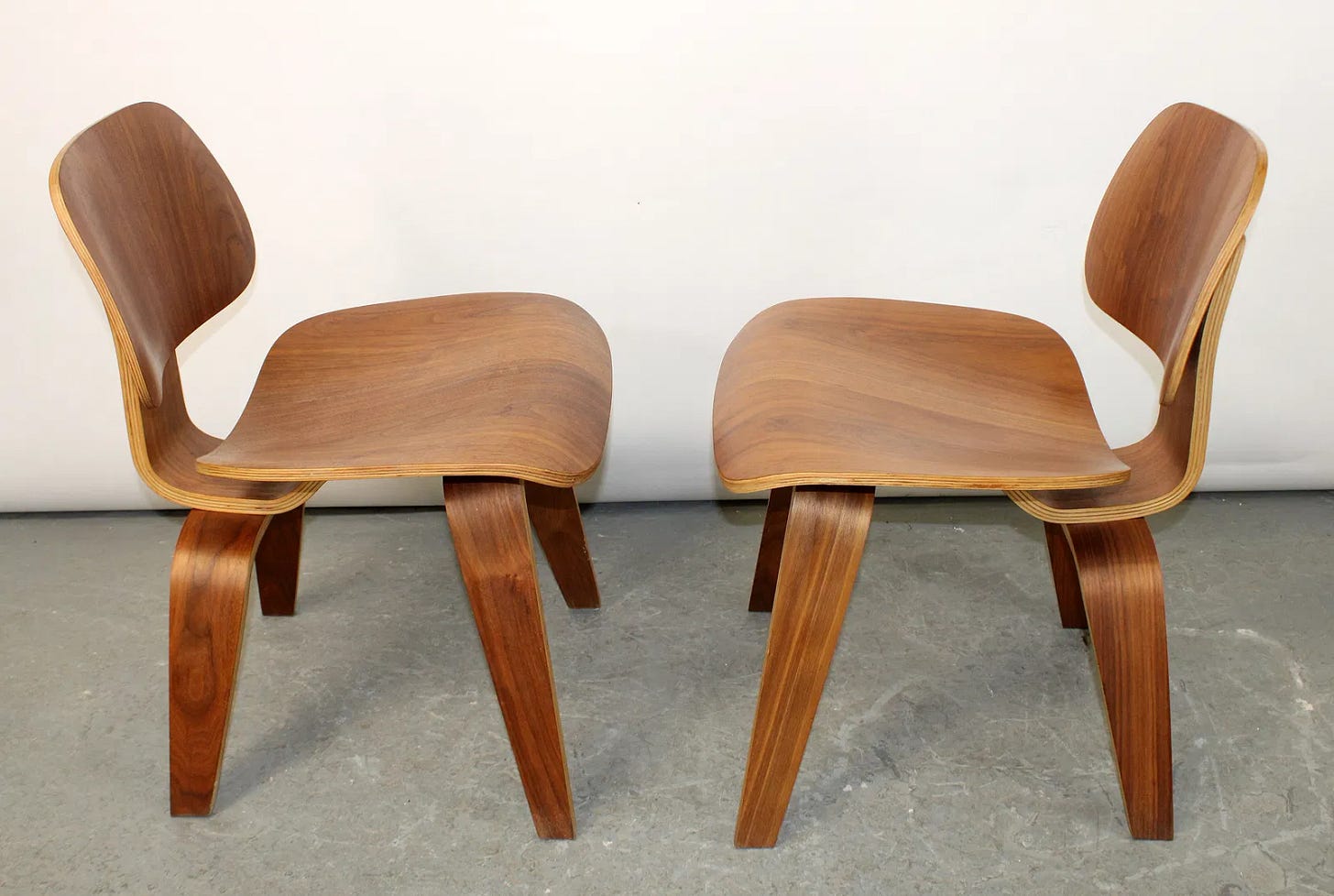How to Auction-Shop With Snake
Auction pro-boy Sami Reiss is here to break it down.
Hi all! Today, we have a special guest post from Sami Reiss, author of the brilliant design Substack, Snake. His true speciality and god-given talent is shopping online auctions, something that designers do all the time. As a “normal,” I’ve been interested in doing some online bidding, but the whole thing is a bit intimidating. Lucky for us, we have Sam…






